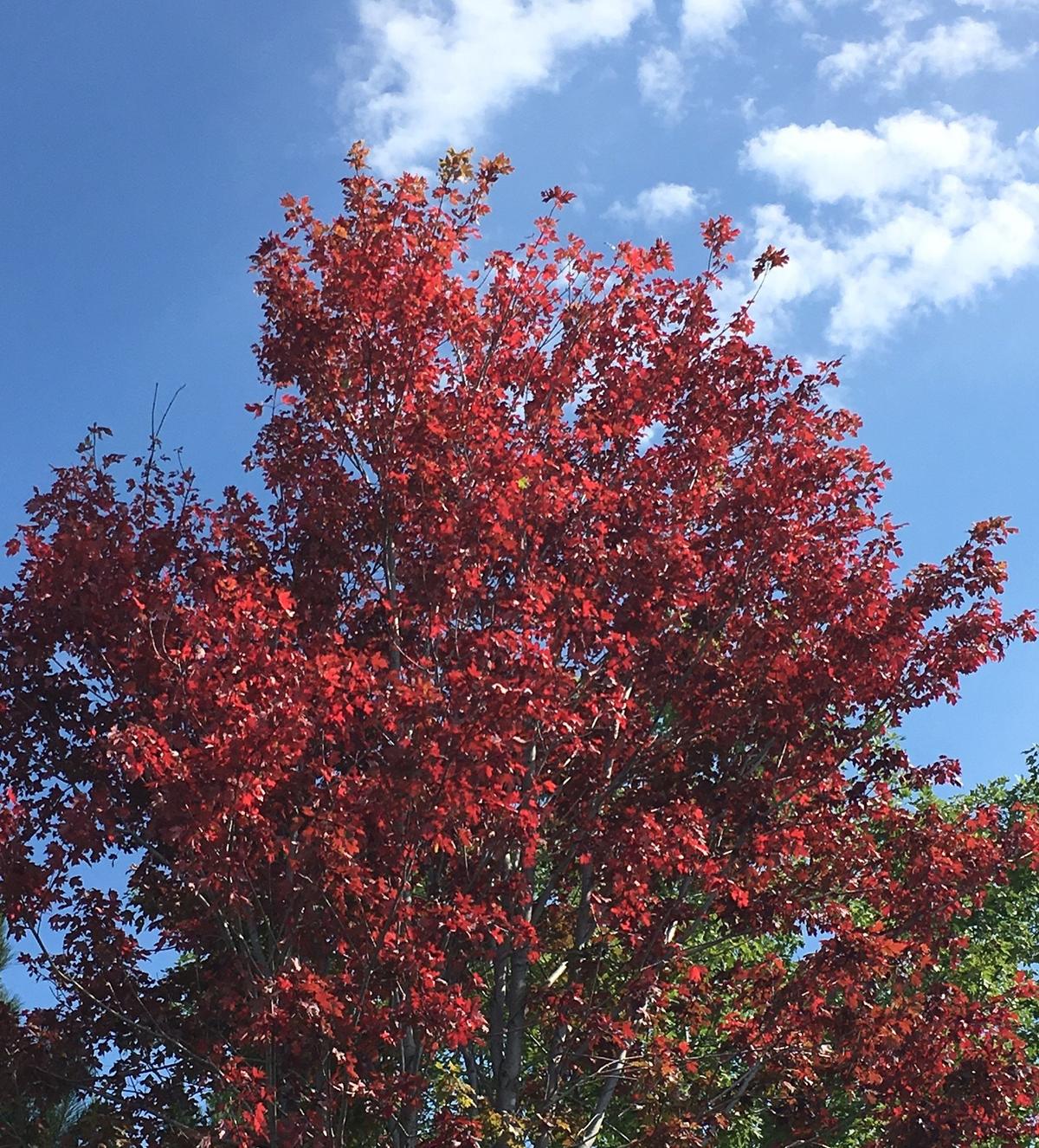Editor's Note 9/27/22: This article has been updated from the 2016 version.
Happy fall color watchers enjoy the cool, clear mornings of early autumn in the northland. What they probably don’t know is that the bright sunlight is too much for the leaves to handle this time of year. Eric Singsaas says that it’s the combination of cool temperatures and bright sunlight that is stressful to the leaves. The bright colored pigmentation we enjoy in the fall is a way of coping with that stress.
Singsaas is currently manager of the Materials and Bioeconomy Research Group at the Natural Resources Research Institute. But back in 2003, he was a professor at the University of Wisconsin-Stevens Point working with one of his former students (now a professor of horticulture) on some revelations about trees and why they change color in the fall.
What’s really happening, says Singsaas, is more like an overloaded electrical circuit which will cause damaging oxidative stress to the leaves and the colors develop to protect them.
“The bright autumn sunshine coupled with colder temperatures is stressing the trees,” Singsaas explained. “Our research showed that the red pigments are formed in the leaves in the fall to shield them from excess sunlight, sort of like a sunscreen, to prevent leaf damage.”
Northland trees with the red/purple pigments (anthocyanins) – red maples and dogwood, for example -– develop the protective pigments each fall. Trees that exhibit the yellow/orange pigments (carotenoids) – paper birch, aspen – have some of those pigments throughout the year, but increase the pigments as a protective response in the fall as a kind of circuit breaker.
But why does it matter if the leaves are “stressed” or damaged by sun and cold? They drop off anyway, right? Trees need to keep their leaves as long as possible so the trunk can re-absorb the minerals to use the next season. The less stressed the leaves are, the longer the tree has to retrieve the nutrients before winter.
The reason that colors are muted this autumn is because the northland has experienced a warm and cloudy late summer. . We have not had the cold, clear mornings that the leaves find stressful.
Cool and sunny weather in early October could still encourage the leaves to make the protective anthocyanin and carotenoid pigments before the leaves fall. However, an early frost can damage the leaves’ ability to manufacture the pigments, so that could impact leaf color as well.
The research paper “Resorption Protection. Anthocyanins Facilitate Nutrient Recovery in Autumn by Shielding Leaves from Potentially Damaging Light Levels,” by William Hoch, Eric Singsaas and Brent McCown was published in Plant Physiology, Vol. 133, 2003.
